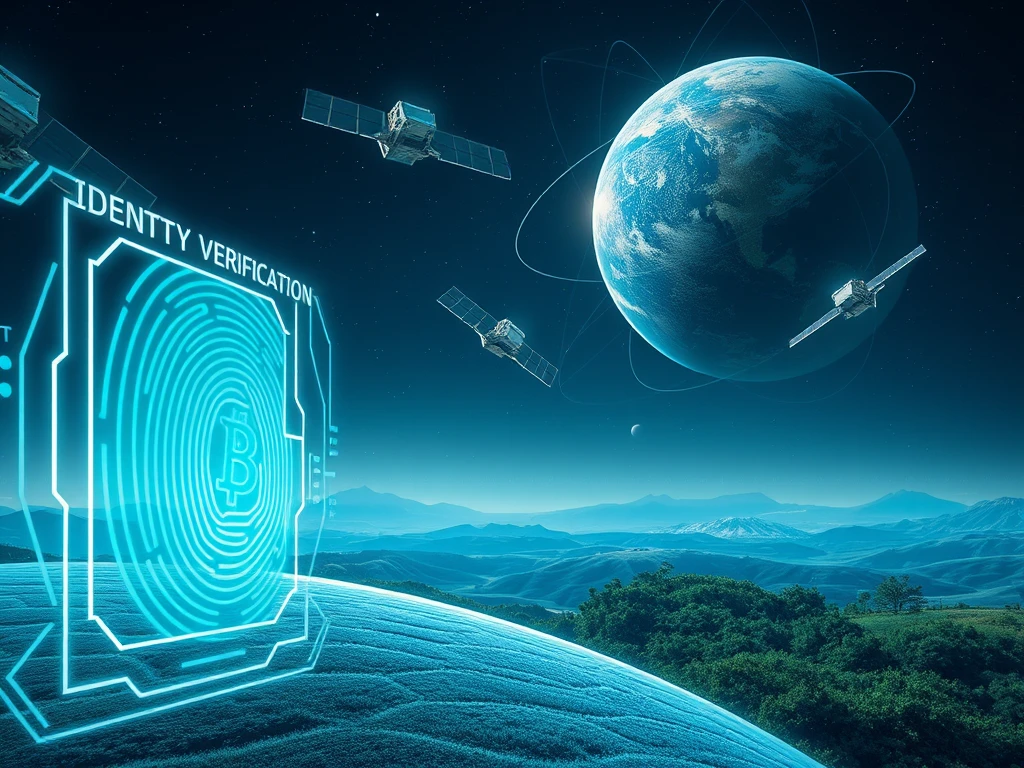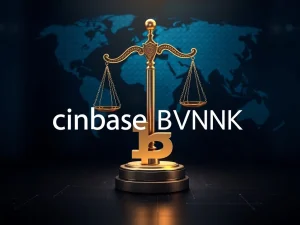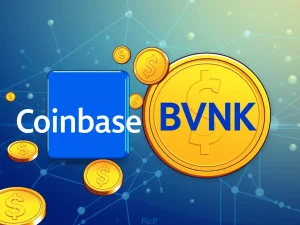Blockchain Use Cases: Revolutionary Expansion into Digital Identity and Space

Are you ready to see how blockchain technology is moving beyond just digital money and NFTs? The world of blockchain use cases is rapidly expanding, tackling real-world challenges from proving you’re human online to connecting the globe via satellites. Projects are leveraging the power of decentralization to improve existing systems and create entirely new possibilities.
Addressing the Growing AI Threat with Digital Identity
Artificial intelligence offers incredible benefits, but it also enables sophisticated scams and fake content, posing a significant AI threat. It’s becoming increasingly difficult to distinguish between human-generated and AI-generated content, videos (deepfakes), and even documents like bank statements. This challenge is expected to worsen, especially as humanoid robots become more advanced.
Humanity Protocol, founded by Terrence Kwok, is using blockchain to address this by focusing on digital identity verification. The core idea, which seemed unlikely just a couple of years ago, is now crucial: how do we definitively prove that someone or something online is a real person? The internet is full of bots and AI agents, which have their uses, but there’s a clear need for a reliable method to verify human identity in an increasingly AI-driven world. Blockchain provides a foundation for creating a secure, verifiable, and decentralized identity system.
Building a Decentralized Network for Space Connectivity
Another area where blockchain is making waves is in telecommunications, specifically space connectivity. The current landscape is largely an oligopoly, dominated by a few major players like Starlink and Amazon. This creates a reliance issue for many countries and regions that lack their own infrastructure.
Spacecoin aims to disrupt this by building a decentralized network of nanosatellites. The project’s CEO, Stuart Gardner, and founder, Tae Oh, observed the increasing commoditization of the space industry, making it feasible for smaller entities to launch satellites. By having different individuals or companies own and operate parts of the satellite constellation, they create a decentralized physical infrastructure network (DePIN).
Integrating crypto into this project provides a trustless way to handle payments and data exchange within this network. This approach offers an alternative to relying on large, centralized providers for critical space connectivity, potentially bringing internet access to underserved areas and reducing dependency on the existing oligopolies.
What are the Key Benefits of These Approaches?
These projects highlight several advantages of using blockchain for novel applications:
- Increased Security and Trust: Blockchain’s immutable ledger enhances the security and trustworthiness of digital identities and data transactions.
- Decentralization: Moving away from centralized control reduces single points of failure and dependency on large corporations or governments.
- Accessibility: Decentralized networks have the potential to bring services, like internet connectivity, to regions previously left behind.
- Combating Emerging Threats: Blockchain provides tools to fight issues like AI-powered misinformation and scams.
Looking Ahead: The Expanding Horizon
The examples of digital identity and space connectivity are just glimpses into the expanding world of blockchain use cases. As the technology matures, we can expect to see it integrated into more industries, solving problems in innovative ways. From verifying who is human online to creating global, decentralized communication networks, blockchain is proving its value far beyond its initial applications. These projects demonstrate a commitment to using decentralized technology to improve the status quo and build more robust, secure, and accessible systems for the future.







